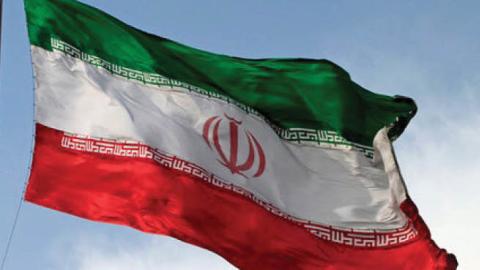The two Iranian missile attacks over the last several months demonstrate the vulnerabilities to both American forces and vital interests abroad. Last September, a combination of drones and cruise missiles struck the Saudi Aramco oil facilities in eastern Saudi Arabia. The Houthis backed by Iran in Yemen took credit for the attack, while the United States government put the blame squarely on Iran. Earlier this month, Iran fired ballistic missiles from its soil at Ain Asad base in Iraq where American forces were located.
In response to the Saudi Aramco attack, the United States deployed a number of missile defense systems to Saudi Arabia to complement the systems the Saudis have purchased from the United States. Of course, that decision precluded placing those systems elsewhere. There were no missile defenses deployed at the base in Iraq. The United States does not have enough of these systems in the inventory to deploy them around everything abroad that we hope does not get decimated by missiles.
But what about defense capabilities? Had they been at the Iraqi bases hit by the Iranian ballistic missiles in response to the United States taking out terrorist Quds Force General Qassem Soleimani, could the systems have intercepted them? Probably. But the Iranians might have been dissuaded from launching at those bases in the first place had they known we had capabilities in place to adequately defend against incoming missiles.
The other challenge is one of radar and sensor coverage. We cannot hit what we cannot see. In the case of the Saudi Aramco attack, the Iranians used drones and cruise missiles, which would have gotten around the coverage of the Patriot air and missile defense system given its current radar. The current radar has sectored coverage, meaning it can only see within a 120 degree fan in the direction it is looking. The Pentagon, with support from Congress, has been investing in a 360 degree radar, so Army air defenders can see all the way around and intercept even the toughest missiles. The first of the new radar will not be delivered until 2021, and it will take many years for the Army to field a large enough quantity of the 360 degree radars to fully replace the Patriot system.
The biggest challenges when it comes to missile defense development are not technical. The biggest challenges are about policy, strategy, and finances. What is the United States willing to invest in, in both capacity and capability, to adapt to the increasingly difficult and complex missile threat landscape? Are there any operational adaptations we can make to cleverly advantage the United States and complicate the calculations of the enemy? What will we choose to optimally defend and choose not to?
Defenses will always be more expensive than the offensive missiles the enemy threatens us with. That is not a reason to not invest in them. Total vulnerability can have the effect of incentivizing an attack, and having reliable defenses can further complicate the calculations of an adversary and deter an attack. If deterrence fails, defenses can protect valuable bases and assets to enable greater options for a retaliatory response.
Making the systems less costly is a necessity, and having better sensors and radar will help us do that. We must still make choices about what we want to defend and whether having troops in the range of countries most likely to employ them is worth the risk, if we are not going to provide them with credible air and missile defense. The recent attacks show how much more sophisticated Iranian missiles have become. They were able to place them precisely where they wanted, and with an arsenal of roughly 2,000, there were many more where those came from. The failure of the United States to prioritize sufficient inventory of the current systems to protect American forces from Iranian missiles does not give much confidence the United States is fully appreciating the threat, even against rogue actors.
More concerning, as impressive as Iranian missiles are, they are not as complex as Russian and Chinese missiles. If the United States is going to defend the assets and bases of highest value abroad, especially as it seeks to close the gaping vulnerabilities in Asia exposed by highly sophisticated Chinese missiles, we must maintain a consistent track of cruise missiles and glide vehicles flying at hypersonic speeds. That ultimately means the United States must, without any excuse, have a sensor layer in space that gives a track on every missile from the time it launches until its demise.
In the first three budgets of this administration, the Pentagon had failed to ask for enough funds for a birth to death tracking system based in space, despite the president insisting it is a priority. Congress has provided some additional funds even when the Defense Department requested little. It is not enough, and much more must be done if the United States stands a chance at adapting its missile defense architecture for protection against diverse missile threats in an era of great power competition. The threats facing American interests abroad can have massive consequences. No missile defense architecture will defend against every missile, however, complete vulnerability of our forces is unacceptable. The Iranian missile attacks should rally bipartisan support to make necessary adaptations.
Read in The Hill
















